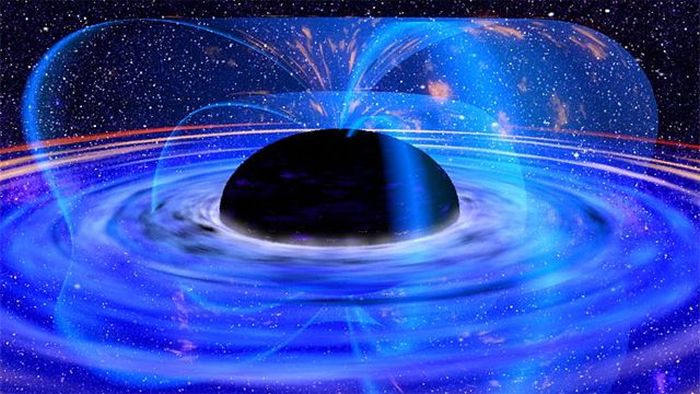|
|
Exploring Astronomy Photography Of Outer Space Universe
|
Many cultures have stories describing the origin of the world, which may be roughly grouped into common types. In one type of story, the world is born from a world egg; such stories include the Finnish epic poem Kalevala, the Chinese story of Pangu or the Indian Brahmanda Purana. In related stories, the creation idea is caused by a single entity emanating or producing something by him- or herself, as in the Tibetan Buddhism concept of Adi-Buddha, the ancient Greek story of Gaia (Mother Earth), the Aztec goddess Coatlicue myth, the ancient Egyptian god Atum story, or the Genesis creation narrative. In another type of story, the world is created from the union of male and female deities, as in the Maori story of Rangi and Papa. In other stories, the universe is created by crafting it from pre-existing materials, such as the corpse of a dead god — as from Tiamat in the Babylonian epic Enuma Elish or from the giant Ymir in Norse mythology – or from chaotic materials, as in Izanagi and Izanami in Japanese mythology. In other stories, the universe emanates from fundamental principles, such as Brahman and Prakrti, the creation myth of the Serers, or the yin and yang of the Tao.
• Philosophical models
From the 6th century BCE, the pre-Socratic Greek philosophers developed the earliest known philosophical models of the universe. The earliest Greek philosophers noted that appearances can be deceiving, and sought to understand the underlying reality behind the appearances. In particular, they noted the ability of matter to change forms (e.g., ice to water to steam) and several philosophers proposed that all the apparently different materials of the world are different forms of a single primordial material, or arche. The first to do so was Thales, who proposed this material is Water. Thales' student, Anaximander, proposed that everything came from the limitless apeiron. Anaximenes proposed Air on account of its perceived attractive and repulsive qualities that cause the arche to condense or dissociate into different forms. Anaxagoras, proposed the principle of Nous (Mind). Heraclitus proposed fire (and spoke of logos). Empedocles proposed the elements: earth, water, air and fire. His four element theory became very popular. Like Pythagoras, Plato believed that all things were composed of number, with the Empedocles' elements taking the form of the Platonic solids. Democritus, and later philosophers—most notably Leucippus—proposed that the universe was composed of indivisible atoms moving through void (vacuum). Aristotle did not believe that was feasible because air, like water, offers resistance to motion. Air will immediately rush in to fill a void, and moreover, without resistance, it would do so indefinitely fast.
Although Heraclitus argued for eternal change, his quasi-contemporary Parmenides made the radical suggestion that all change is an illusion, that the true underlying reality is eternally unchanging and of a single nature. Parmenides denoted this reality as τὸ ἐν (The One). Parmenides' theory seemed implausible to many Greeks, but his student Zeno of Elea challenged them with several famous paradoxes. Aristotle responded to these paradoxes by developing the notion of a potential countable infinity, as well as the infinitely divisible continuum. Unlike the eternal and unchanging cycles of time, he believed the world was bounded by the celestial spheres, and thus magnitude was only finitely multiplicative.
|
|









